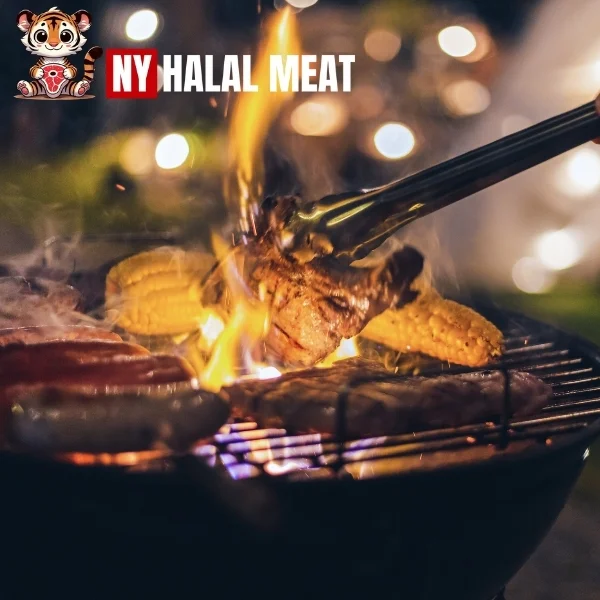History of Meat
The Fascinating History of Meat: From the Dawn of Time to Today
Introduction
There is no denying that meat has had a significant impact on human history, shaping civilizations, economies, and health. From early hunting practices to today’s global meat industry, the story of meat is a testament to human growth and adaptation. This article explores the history of meat, its cultural significance, and the evolving approaches to meat production over time.
The Origins of Meat Consumption: The Paleolithic Era
Meat played a vital role in early human diets. Reliant on hunting, early humans used basic tools to process meat, which they preserved through drying and smoking. This protein source helped fuel human evolution and development, marking the beginning of our relationship with meat.
Ancient Societies and Meat as a Cultural Symbol
As societies developed, meat took on cultural significance. In Egypt, Greece, and Rome, meat was often reserved for religious ceremonies and feasts. Wealthier classes consumed lamb, beef, and pork, while poorer communities depended on grains and vegetables. Livestock sacrifices highlighted meat’s spiritual and social importance across many cultures.
Impact of Domestication: Livestock and Agricultural Advances
The domestication of animals like cattle, pigs, and sheep transformed meat production. With advancements in agriculture, humans could rear animals for specific traits, making meat more accessible. Ancient civilizations in Mesopotamia and Egypt began to breed animals for size, temperament, and other desirable characteristics.
The Medieval Era: Meat in Daily Life and Feasting
In medieval Europe, meat was central to the diet, particularly for the nobility. Castles and manors housed extensive grazing lands for livestock, and feasts often featured roasted meats. The lower classes, however, had limited access to fresh meat and relied on salted meats or fish, as well as preservation techniques like smoking and drying.
The Growth of Butchery and the Meat Trade During the Industrial Revolution
The industrial era marked a surge in meat consumption and trade. With improvements in transportation and refrigeration, cattle drives and stockyards emerged, especially in the United States. The invention of refrigerated railcars allowed fresh meat to reach urban centers, making it more accessible worldwide.
Modern Meat Farming: A Shift Toward Sustainability
Today’s global meat industry is highly mechanized, but concerns over environmental impact, animal welfare, and health risks have led to sustainable practices. Consumers increasingly favor organic, free-range, and grass-fed meats, as well as lab-grown and plant-based alternatives, which offer ethical and environmental benefits.
Current Trends Influencing Meat Consumption
- Health and Nutrition: As health consciousness rises, lean meats like chicken and turkey are in demand, and studies continue to explore the impact of red and processed meats on health.
- Environmental Concerns: The meat industry’s environmental impact is a significant factor in the shift toward sustainable and alternative protein sources.
- Global Cultural Influence: Globalization has introduced a wide variety of meats and cooking methods, enhancing cultural exchange and culinary diversity.
The Future of Meat: What’s Next?

Technological advancements and a focus on sustainability could reshape the future of meat. Lab-grown and plant-based meats are emerging as viable alternatives, reducing the need for traditional livestock farming while meeting nutritional and environmental goals.


